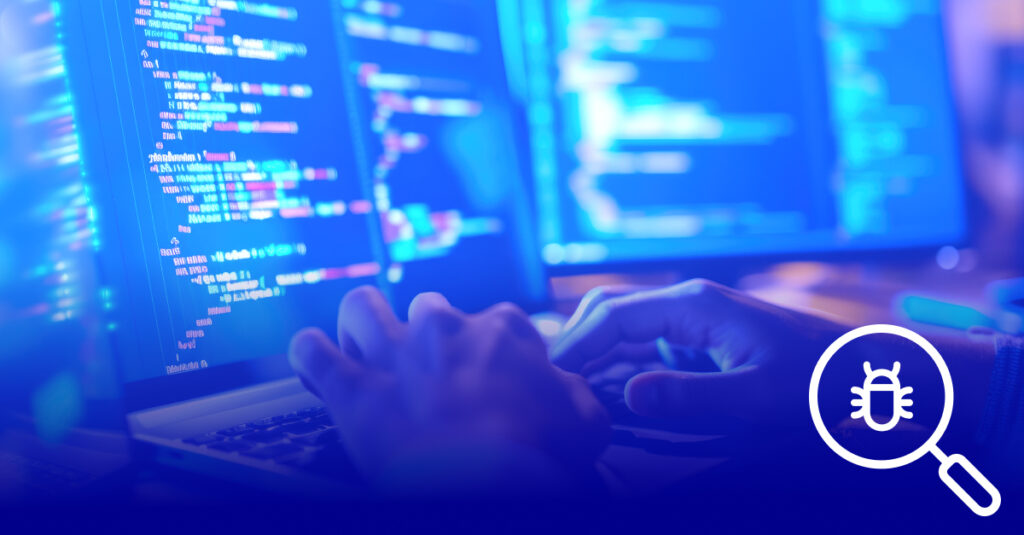In the near future, we’ll face a cyber landscape transformed by artificial intelligence. Attacks will become exponentially more sophisticated, evasive, and pervasive. Threat actors will leverage AI to craft highly customized assaults, meticulously covering their tracks. These dynamic threats will operate at an unprecedented scale, driven by the same AI technologies revolutionizing industries across the board.
This is the 10th post in our ongoing “The Rise of the Threat Hunter” blog series. To learn more about the series check out the introduction here or read last week’s post “Building a threat hunting team.”
Adapting to the AI-driven threat landscape
As cyber threat hunters, we must harness the very technologies being weaponized against us. The key lies in empowering our threat hunting teams with AI-enhanced tools that can adapt, inform, and respond in real-time.
AI excels at analyzing vast datasets, identifying subtle patterns, and flagging anomalies. However, its effectiveness hinges on the quality of its training data. While AI has proven invaluable for content generation and analysis based on existing information, it still lacks the ability to formulate truly novel ideas. This is where human creativity becomes our greatest asset in cyber threat intelligence.
The human-machine synergy in threat detection
To effectively counter emerging threats, we need to capitalize on the synergy between human intuition and machine learning. Modern threat hunting tools must not only identify and mitigate known risks automatically but also provide a framework for threat hunters to identify new, previously unseen threats. Crucially, these platforms should enable threat intelligence analysts to “teach” the AI about newly discovered threats, enhancing future detection and response capabilities.
This human-machine feedback loop forms the cornerstone of a next-generation threat intelligence platform—one that becomes more robust and effective with each use. In his book, “Antifragile: Things That Gain from Disorder,” Nassim Taleb describes systems that not only withstand stress but improve in response to it as “antifragile.” In an era where cyber threats evolve at breakneck speed, only an antifragile threat platform can keep pace.
Antifragility in threat hunting: Building adaptive defense
How might we express antifragility in a threat hunting platform? Consider cyber attacks as narratives—each with main characters, supporting actors, and a sequence of events that unfold to tell a story. By identifying and codifying these key elements and their progression, we can scrutinize incoming data for signs of similar attack patterns.
When our system detects a strong correlation between observed behaviors and predicted patterns, it can automatically initiate previously successful mitigation strategies. However, the true power of an antifragile system lies in its ability to adapt to the unknown.
Sometimes, a skilled threat hunter might notice anomalies in the data that don’t fit known attack profiles but warrant further investigation. An advanced threat intelligence platform should empower these analysts to collect related alerts and anomalies, weaving them into a coherent narrative. This process allows threat hunters to construct “attack stories” based on their observations and expertise.
These newly crafted attack narratives serve a dual purpose. First, they teach the AI about emerging threat types, expanding its knowledge base. Second, they enhance the system’s ability to detect and thwart similar attacks in the future. This continuous learning loop—where human insight feeds machine intelligence, which in turn augments human capabilities—is the essence of an antifragile threat hunting ecosystem.
The future of threat hunting
As we look ahead, the role of the threat hunter will evolve. Rather than being replaced by AI, skilled professionals will become even more critical. They’ll guide AI systems, interpret complex threat landscapes, and make the crucial decisions that machines cannot.
The threat hunting tools of tomorrow will act as force multipliers, enabling analysts to cover more ground and delve deeper into potential threats. They’ll automate routine tasks, freeing up human experts to focus on strategic analysis and proactive threat hunting.
Conclusion
The future of threat hunting lies in the seamless integration of human expertise and AI capabilities. By embracing this symbiotic relationship, organizations can build resilient, adaptive defense systems capable of countering even the most sophisticated AI-driven threats.
Learn More about OpenText Cybersecurity
Ready to enable your threat hunting team with products, services, and training to protect your most valuable and sensitive information? Check out our cybersecurity portfolio for a modern portfolio of complementary security solutions that offer threat hunters and security analysts 360-degree visibility across endpoints and network traffic to proactively identify, triage, and investigate anomalous and malicious behavior.

